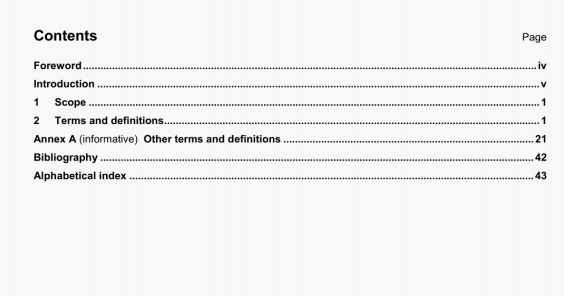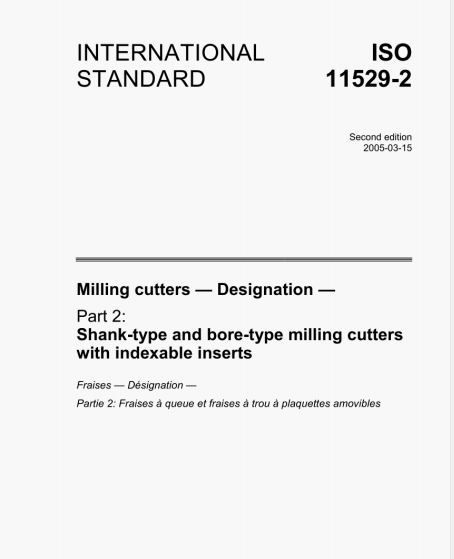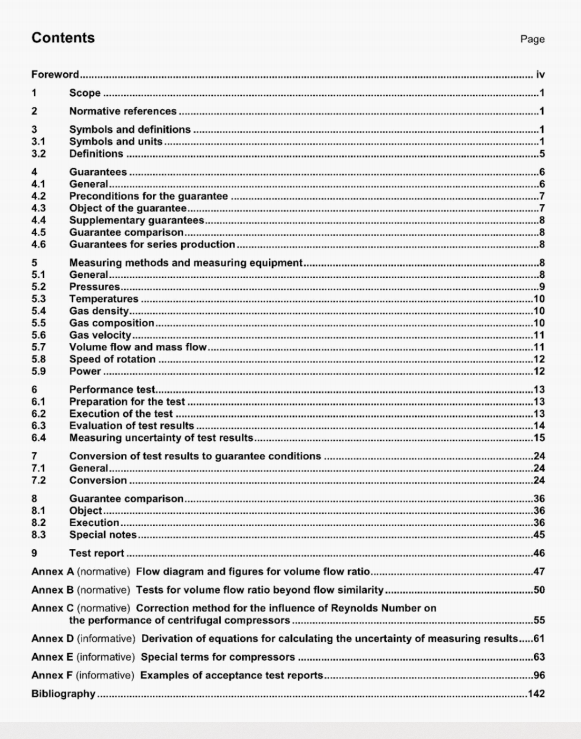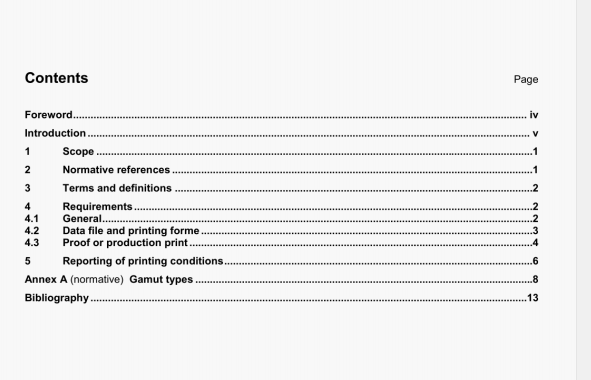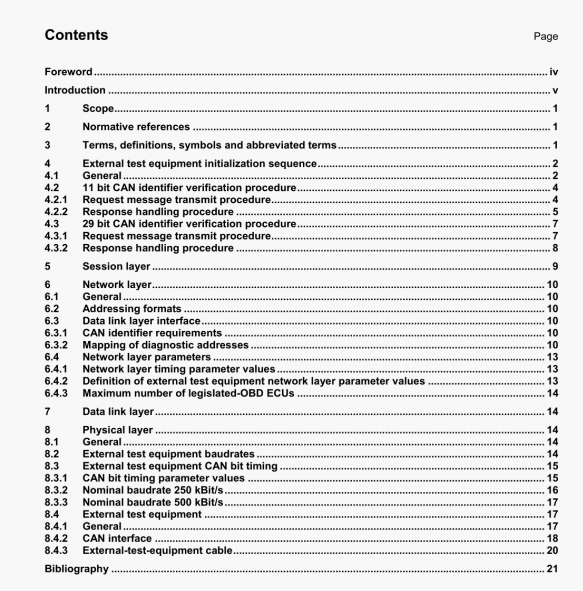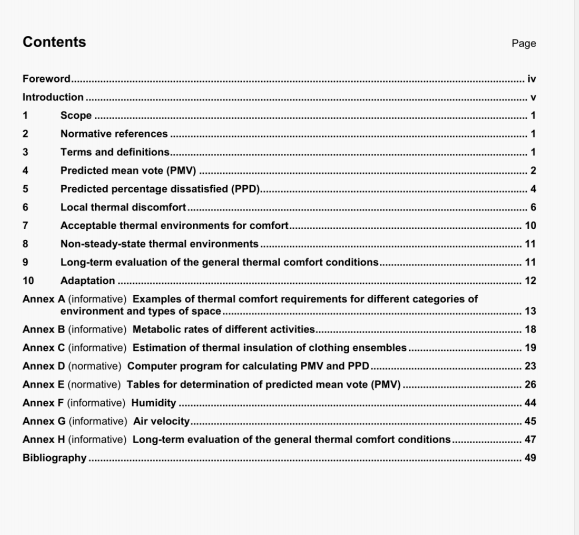ISO 3071:2005 pdf download.Textiles - Determination of pH of aqueous extract.
7 Preparation of test samples
7.1 Take a laboratory sample representative of the bulk of the textile material and sufficient to provide all
the test samples required. Cut the laboratory sample into pieces having approximately 5 mm sides or of such
a size as to allow the test samples to wet out rapidly.
7.2 To avoid contamination, handle the material as little as possible. Take from the laboratory sample three test samples of (2,00 ± 0,05) g each.
8 Procedure
8.1 Preparation of the aqueous extract
Prepare the extract in triplicate at room temperature, as follows:
Place each test sample and 100 ml of extracting solution (either water (5.1) or potassium chloride solution (5.2)J into a stoppered flask (6.1). Agitate the flask for a short period by hand to ensure that the textile material is properly wetted out, then shake it mechanically for 2 h ± 5 mm.
Record the temperature of the extracting solution used.
8.2 Measurement of the pH of the aqueous extract
Calibrate the pH-meter at the temperature of the extract to be measured. Check the calibration of the pH-meter using two buffer solutions.
Immerse the electrode several times in the same solution (water or KCI solution) used to prepare the extract until the indicated pH-value stabilizes.
Decant the first extract into a beaker, immediately Immerse the electrode to a depth of at least 10 mm and stir gently with a rod until the pH-value stabilizes (do not record the pH-value of this solution).
Decant the second extract into another beaker, immediately immerse the electrode, without washing, in the beaker to a depth of at least 10 mm and allow to stand without stirring until the pH-value stabilizes. Record this value.
7.1 Take a laboratory sample representative of the bulk of the textile material and sufficient to provide all
the test samples required. Cut the laboratory sample into pieces having approximately 5 mm sides or of such
a size as to allow the test samples to wet out rapidly.
7.2 To avoid contamination, handle the material as little as possible. Take from the laboratory sample three test samples of (2,00 ± 0,05) g each.
8 Procedure
8.1 Preparation of the aqueous extract
Prepare the extract in triplicate at room temperature, as follows:
Place each test sample and 100 ml of extracting solution (either water (5.1) or potassium chloride solution (5.2)J into a stoppered flask (6.1). Agitate the flask for a short period by hand to ensure that the textile material is properly wetted out, then shake it mechanically for 2 h ± 5 mm.
Record the temperature of the extracting solution used.
8.2 Measurement of the pH of the aqueous extract
Calibrate the pH-meter at the temperature of the extract to be measured. Check the calibration of the pH-meter using two buffer solutions.
Immerse the electrode several times in the same solution (water or KCI solution) used to prepare the extract until the indicated pH-value stabilizes.
Decant the first extract into a beaker, immediately Immerse the electrode to a depth of at least 10 mm and stir gently with a rod until the pH-value stabilizes (do not record the pH-value of this solution).
Decant the second extract into another beaker, immediately immerse the electrode, without washing, in the beaker to a depth of at least 10 mm and allow to stand without stirring until the pH-value stabilizes. Record this value.
